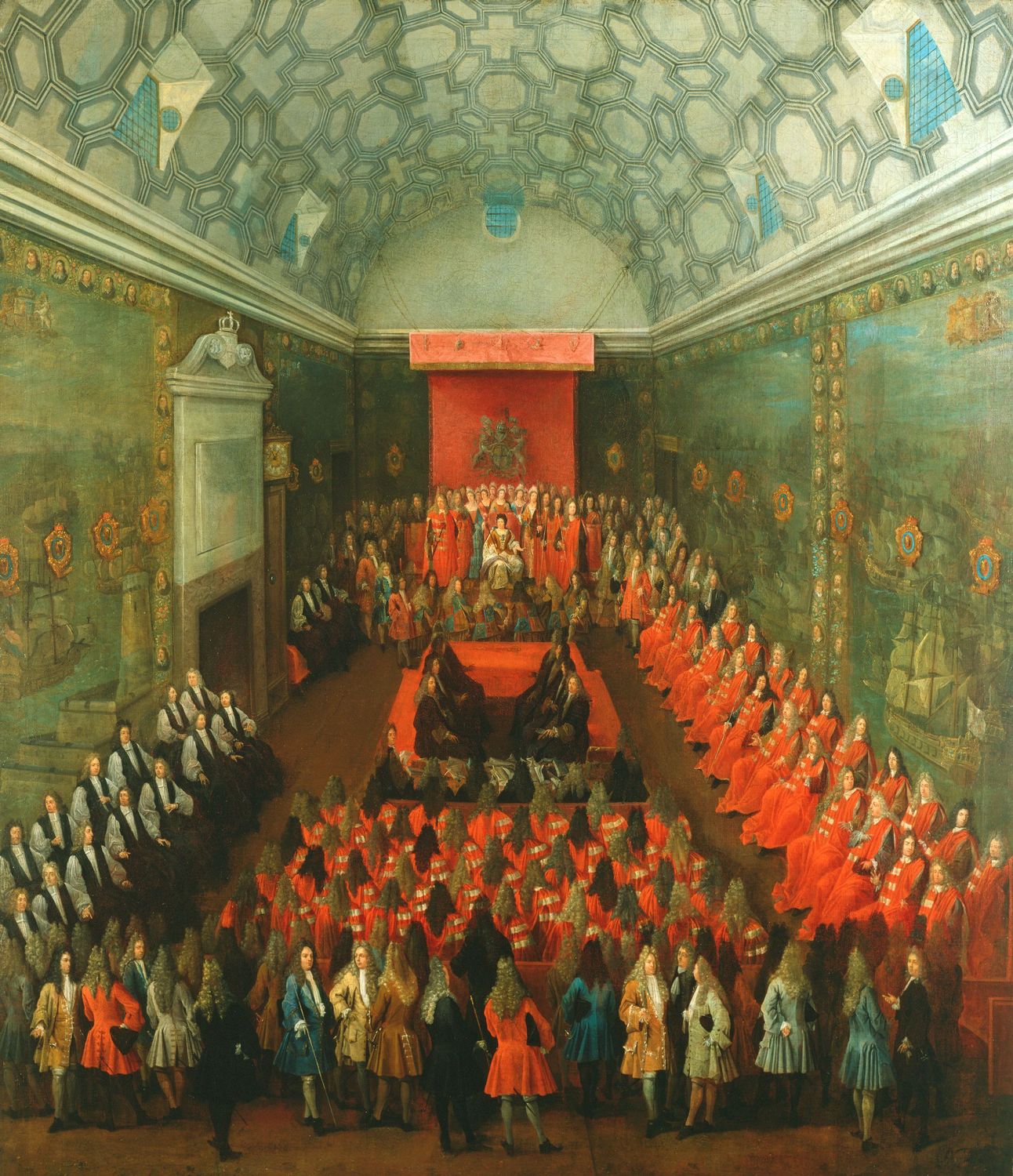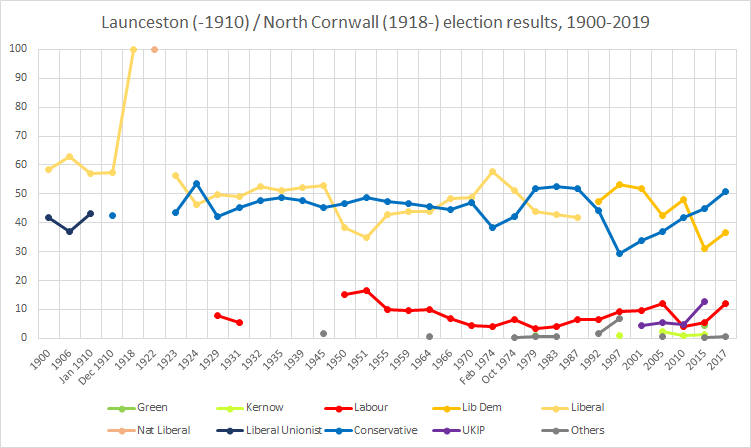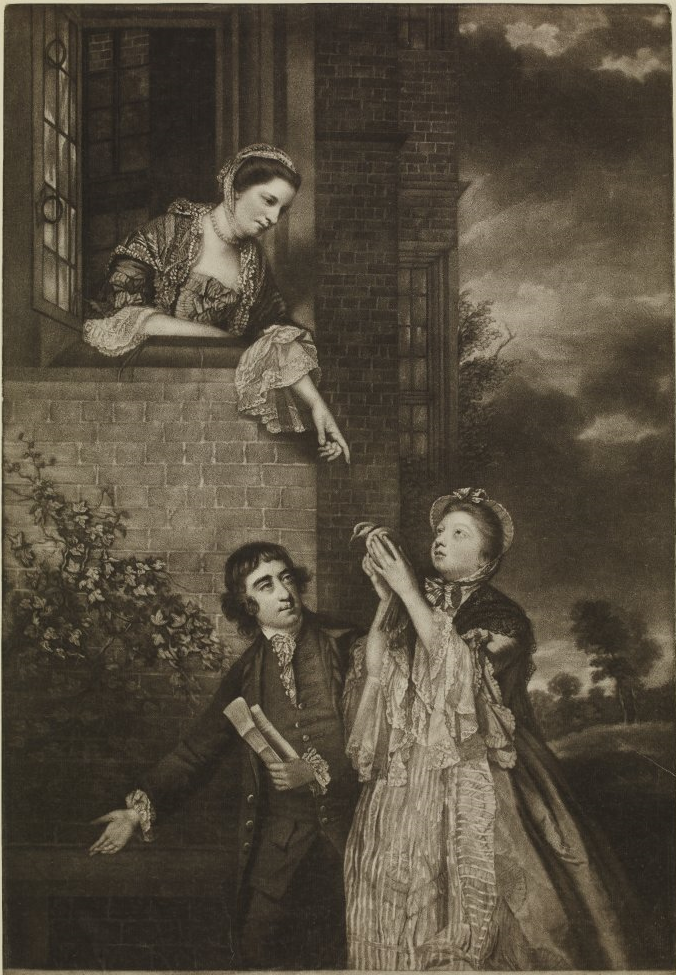|
Hugh Percy, 3rd Duke Of Northumberland
Hugh Percy, 3rd Duke of Northumberland (20 April 178511 February 1847), styled Earl Percy until 1817, was a British aristocrat and Tory politician who served as Lord Lieutenant of Ireland under the Duke of Wellington from 1829 to 1830. Background and education Northumberland was the son of Hugh Percy, 2nd Duke of Northumberland, and Frances Julia, daughter of Peter Burrell. He was educated at Eton and the University of Cambridge ( St John's College). Political career Northumberland entered parliament as the member for Buckingham in July 1806. In September of that year he was elected member for the City of Westminster, on the death of Charles James Fox. He declined to fight the seat at the general election two months later, instead being returned for Launceston. In 1807, he offered himself as a candidate for the county of Northumberland in opposition to Charles, Lord Howick (afterwards the 2nd Earl Grey), who declined to contest the seat. Percy was returned unopposed, and ... [...More Info...] [...Related Items...] OR: [Wikipedia] [Google] [Baidu] |
Grace (style)
His Grace and Her Grace are English Style (manner of address), styles of address used with high-ranking personages, and was the style for English monarchs until Henry VIII (r. 1509–1547), and for Scottish monarchs until the Act of Union (1707), Act of Union of 1707, which Union of the Crowns, united the Kingdom of Scotland and the Kingdom of England. In Great Britain and Ireland, it is also the style of address for archbishops, dukes, and duchesses; e.g. His Grace the Duke of Norfolk and His Grace the Lord Archbishop of Canterbury. The correct style is “Your Grace” in spoken and written form; as a stylistic descriptor for Dukes in the United Kingdom, British dukes, it is an abbreviation of the full, formal style: “The Most High, Noble and Potent Prince His Grace”. However, a Royal dukedoms in the United Kingdom, royal duke, such as Prince Edward, Duke of Kent, is addressed as Your Royal Highness. Ecclesiastical usage Christianity The style "His Grace" and "Your Grace" ... [...More Info...] [...Related Items...] OR: [Wikipedia] [Google] [Baidu] |
Frances Percy, Duchess Of Northumberland
Frances Julia Percy, Duchess of Northumberland ( Burrell; 21 December 1752 – 28 April 1820) was the second wife of Hugh Percy, 2nd Duke of Northumberland, and the mother of the 3rd and 4th Dukes. Frances was a daughter of the barrister Peter Burrell, of Beckenham, Kent, and his wife, the former Elizabeth Lewis. Her brother was Peter Burrell, 1st Baron Gwydyr, and two of her sisters also married into the aristocracy: Elizabeth, who married the Duke of Hamilton (and later the Marquess of Exeter), and Isabella, who became Countess of Beverley. Isabella's husband, Algernon Percy, was the younger brother of Frances's husband, Hugh Percy. Marriage and children She married the future duke, then styled as an earl, in May 1779, shortly after his childless marriage to the former Lady Anne Crichton-Stuart had been dissolved by Act of Parliament. He inherited the dukedom when his father died in 1786, making his wife a duchess. Their children were: *Lady Charlotte Percy (3 July 17 ... [...More Info...] [...Related Items...] OR: [Wikipedia] [Google] [Baidu] |
Roman Catholic Relief Act 1829
The Roman Catholic Relief Act 1829 ( 10 Geo. 4. c. 7), also known as the Catholic Emancipation Act 1829, was an act of the Parliament of the United Kingdom that removed the sacramental tests that barred Roman Catholics in the United Kingdom from Parliament and from higher offices of the judiciary and state. It was the culmination of a fifty-year process of Catholic emancipation which had offered Catholics successive measures of "relief" from the civil and political disabilities imposed by Penal Laws in both Great Britain and in Ireland in the seventeenth, and early eighteenth, centuries. Convinced that the measure was essential to maintain order in Catholic-majority Ireland, the Duke of Wellington helped overcome the opposition of the King, George IV, and of the House of Lords, by threatening to step aside as Prime Minister and retire his Tory government in favour of a new, reform-minded, Whig ministry. In Ireland, the Protestant Ascendancy had the assurance of the simu ... [...More Info...] [...Related Items...] OR: [Wikipedia] [Google] [Baidu] |
Lord-Lieutenant Of Ireland
Lord Lieutenant of Ireland (), or more formally Lieutenant General and General Governor of Ireland, was the title of the chief governor of Ireland from the Williamite Wars of 1690 until the Partition of Ireland in 1922. This spanned the Kingdom of Ireland (1541–1800) and the United Kingdom of Great Britain and Ireland (1801–1922). The office, under its various names, was often more generally known as the Viceroy, and his wife was known as the vicereine. The government of Ireland in practice was usually in the hands of the Lord Deputy up to the 17th century, and later of the Chief Secretary for Ireland. Role The Lord Lieutenant possessed a number of overlapping roles. He was * the representative of the King (the "viceroy"); * the head of the executive in Ireland; * (on occasion) a member of the English or British Cabinet; * the fount of mercy, justice and patronage; * (on occasion) commander-in-chief in Ireland. * Grand Master of the Order of St. Patrick Prior to t ... [...More Info...] [...Related Items...] OR: [Wikipedia] [Google] [Baidu] |
Coronation Of Charles X
The coronation of Charles X of France, Charles X took place on 29 May 1825 in Reims, where he was crowned King of France and Navarre. The ceremony was held at the Reims Cathedral, Cathedral of Notre-Dame de Reims in Reims, the traditional site for the coronations of the Kings of France. It was the first coronation since Coronation of Louis XVI, Louis XVI's in 1775, and marked the final coronation of a French monarch, as Louis Philippe I and Napoleon III were only proclaimed monarch. Background Following the storming of the Bastille, Charles X of France, Charles, Count of Artois left France with his family, and subsequently spent many years in exile. During the later years of the Napoleonic Wars he settled in Britain, returning to France when Bourbon Restoration in France, the Bourbons were restored in 1814. Charles’ elder brother became Louis XVIII, and as the King was childless, Charles was his heir presumptive. Charles emerged as the leader of the Ultra-royalists, a conservati ... [...More Info...] [...Related Items...] OR: [Wikipedia] [Google] [Baidu] |
Writ Of Acceleration
A writ in acceleration, commonly called a writ of acceleration, is a type of writ of summons that enabled the eldest son and heir apparent of a peer with more than one peerage to attend the British or Irish House of Lords, using one of his father's subsidiary titles, during his father's lifetime. This procedure could be used to bring younger men into the Lords and increase the number of capable members in a house that drew on a very small pool of talent (a few dozen families in its early centuries, a few hundred in its later centuries). The procedure of writs of acceleration was introduced by King Edward IV in the mid-15th century. It was a fairly rare occurrence, and in over 400 years only 98 writs of acceleration were issued. The last such writ of acceleration was issued in 1992 to the Conservative politician and close political associate of John Major, Viscount Cranborne, the eldest son and heir apparent of the 6th Marquess of Salisbury. He was summoned as Baron Cecil, and ... [...More Info...] [...Related Items...] OR: [Wikipedia] [Google] [Baidu] |
House Of Lords
The House of Lords is the upper house of the Parliament of the United Kingdom. Like the lower house, the House of Commons of the United Kingdom, House of Commons, it meets in the Palace of Westminster in London, England. One of the oldest extant institutions in the world, its origins lie in the early 11th century and the emergence of bicameralism in the 13th century. In contrast to the House of Commons, membership of the Lords is not generally acquired by Elections in the United Kingdom, election. Most members are Life peer, appointed for life, on either a political or non-political basis. House of Lords Act 1999, Hereditary membership was limited in 1999 to 92 List of excepted hereditary peers, excepted hereditary peers: 90 elected through By-elections to the House of Lords, internal by-elections, plus the Earl Marshal and Lord Great Chamberlain as members Ex officio member, ''ex officio''. No members directly inherit their seats any longer. The House of Lords also includes ... [...More Info...] [...Related Items...] OR: [Wikipedia] [Google] [Baidu] |
Charles Grey, 2nd Earl Grey
Charles Grey, 2nd Earl Grey (13 March 1764 – 17 July 1845), known as Viscount Howick between 1806 and 1807, was a British Whig politician, who served as Prime Minister of the United Kingdom from 1830 to 1834. As prime minister, Grey won adoption of the Great Reform Act of 1832 which expanded the electorate in the United Kingdom; and passed the Slavery Abolition Act of 1833 which abolished slavery in the British Empire. Grey was a long-time leader of the reform movement. He presented his first petition to extend the electoral franchise of voting as a member of parliament in 1792, and as prime minister he ultimately passed the Reform Act of 1832, which extended the franchise of voting in the United Kingdom of Great Britain and Ireland, and which was accompanied by extensions of the electoral franchise in Scotland and Ireland with the Scottish Reform Act 1832 and the Irish Reform Act 1832. He resigned as prime minister in 1834 over disagreements in his cabinet reg ... [...More Info...] [...Related Items...] OR: [Wikipedia] [Google] [Baidu] |
Northumberland (UK Parliament Constituency)
Northumberland, was a county constituency of the House of Commons of the Parliament of England from 1290 to 1707, then of the Parliament of Great Britain from 1707 to 1800 and of the Parliament of the United Kingdom from 1801 to 1832. It was represented by two Members of Parliament. The constituency was split into two two-member divisions, for Parliamentary purposes, by the Reform Act 1832. The county was then represented by the North Numberland and South Northumberland constituencies. Members of Parliament MPs 1290–1640 MPs 1640–1832 Elections The county franchise, from 1430, was held by the adult male owners of freehold land valued at 40 shillings or more. Each elector had as many votes as there were seats to be filled. Votes had to be cast by a spoken declaration, in public, at the hustings, which took place in the town of Alnwick. The expense and difficulty of voting at only one location in the county, together with the lack of a secret ballot contributed ... [...More Info...] [...Related Items...] OR: [Wikipedia] [Google] [Baidu] |
Launceston (UK Parliament Constituency)
Launceston, also known at some periods as Dunheved, was a parliamentary constituency in Cornwall which returned two Members of Parliament to the British House of Commons from 1295 until 1832, and one member from 1832 until 1918. It was a parliamentary borough until 1885, and a county constituency thereafter. Boundaries 1832–1885: The old Borough of Launceston and the Parish of St Stephen, and all such parts of the several Parishes of Lawhitton, St Thomas the Apostle, and South Petherwin as are without the old Borough of Launceston. 1885–1918: The Sessional Division of East Middle, East North, Lesnewth, and Stratton, and part of the Sessional Division of Trigg. History Launceston was one of 21 parliamentary boroughs in Cornwall between the 16th and 19th centuries; unlike many of these, which had been little more than villages even when established and were rotten boroughs from the start, Launceston, Cornwall, Launceston had been a town of reasonable size and importance th ... [...More Info...] [...Related Items...] OR: [Wikipedia] [Google] [Baidu] |
Charles James Fox
Charles James Fox (24 January 1749 – 13 September 1806), styled ''The Honourable'' from 1762, was a British British Whig Party, Whig politician and statesman whose parliamentary career spanned 38 years of the late 18th and early 19th centuries. He was the rival, arch-rival of the Tories (British political party), Tory politician William Pitt the Younger; his father Henry Fox, 1st Baron Holland, a leading Whig of his day, had similarly been the great rival of Pitt's famous father, William Pitt, 1st Earl of Chatham ("Pitt the Elder"). Fox rose to prominence in the House of Commons of Great Britain, House of Commons as a forceful and eloquent speaker with a notorious and colourful private life, though at that time with rather conservative and conventional opinions. However, with the coming of the American War of Independence and the influence of the Whig Edmund Burke, Fox's opinions evolved into some of the most Classical radicalism, radical to be aired in the British Parliament ... [...More Info...] [...Related Items...] OR: [Wikipedia] [Google] [Baidu] |
Westminster (UK Parliament Constituency)
Westminster was a parliamentary constituency in the Parliament of England to 1707, the Parliament of Great Britain 1707–1800 and the Parliament of the United Kingdom from 1801. It returned two members to 1885 and one thereafter. The constituency was first known to have been represented in Parliament in 1545 and continued to exist until the redistribution of seats in 1918. The constituency's most famous former representatives are John Stuart Mill and Charles James Fox. The most analogous contemporary constituency is Cities of London and Westminster (UK Parliament constituency), Cities of London and Westminster. Boundaries and boundary changes 1885-1918: The Westminster district, and Close of Collegiate Church of St. Peter. The constituency was formed in 1545 from part of the county constituency of Middlesex (UK Parliament constituency), Middlesex and returned two members of parliament until 1885. The City of Westminster is a district of Inner London. Its southern boundary is ... [...More Info...] [...Related Items...] OR: [Wikipedia] [Google] [Baidu] |






